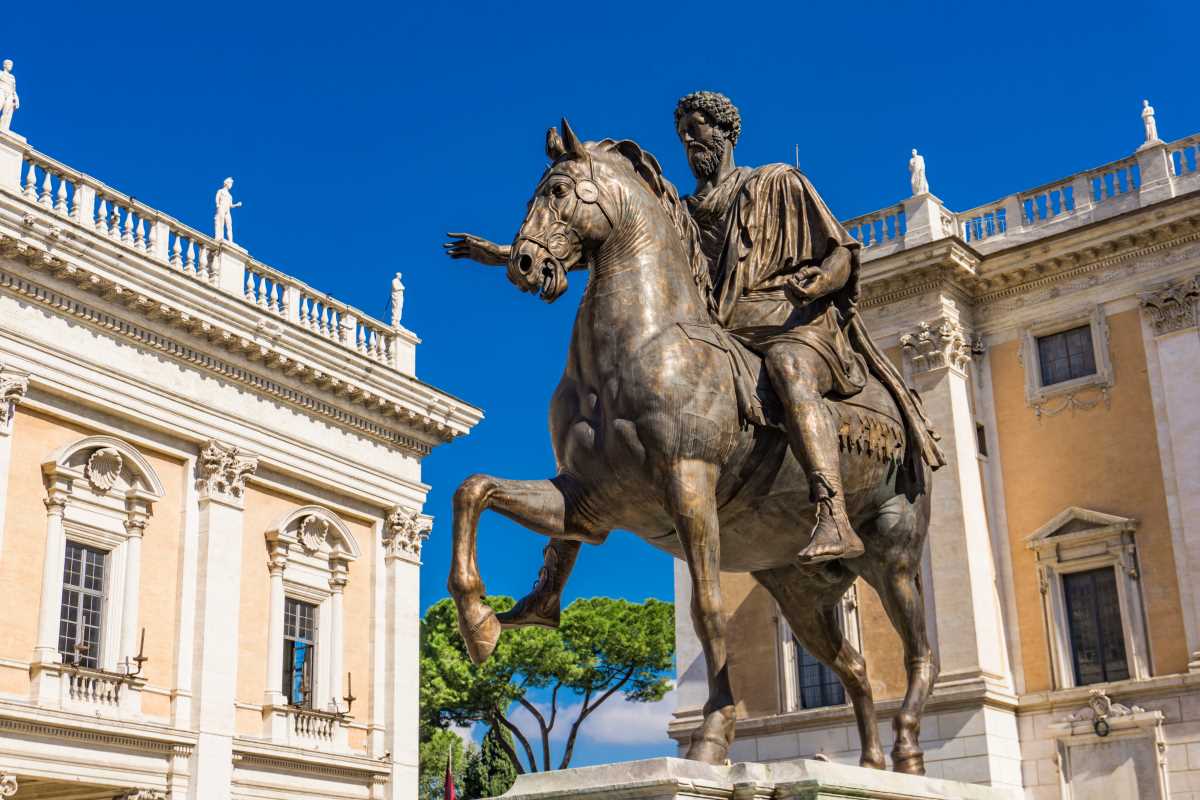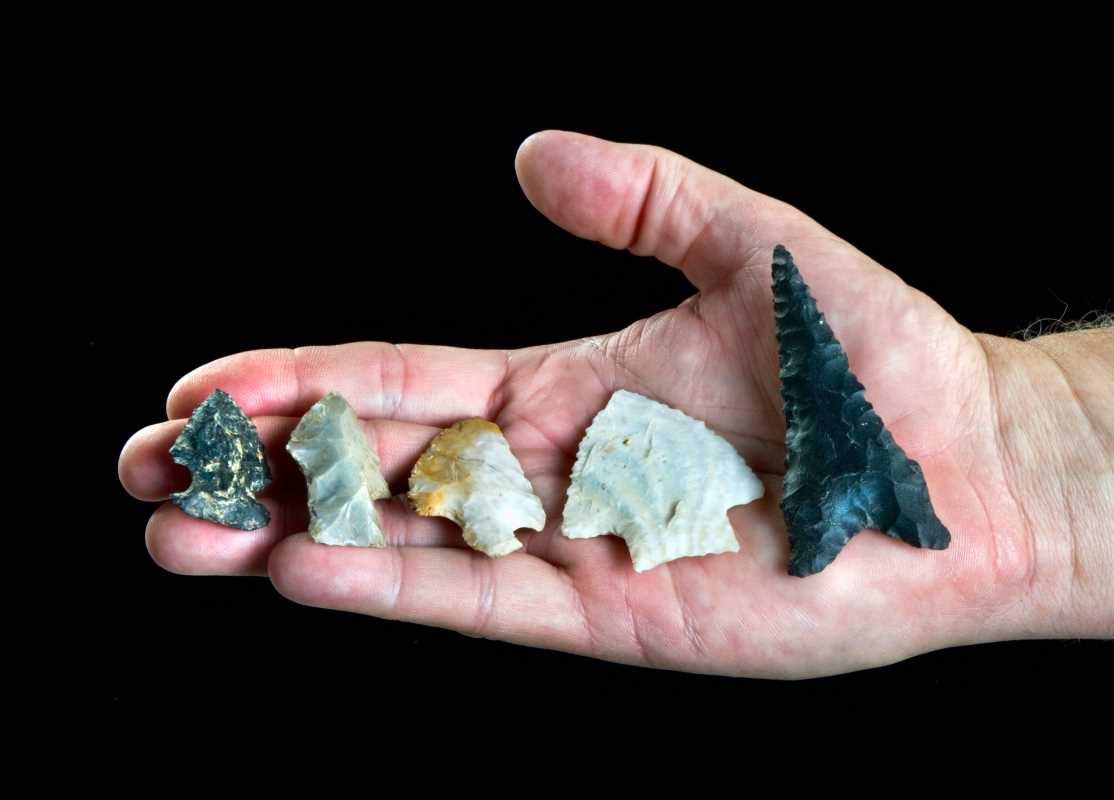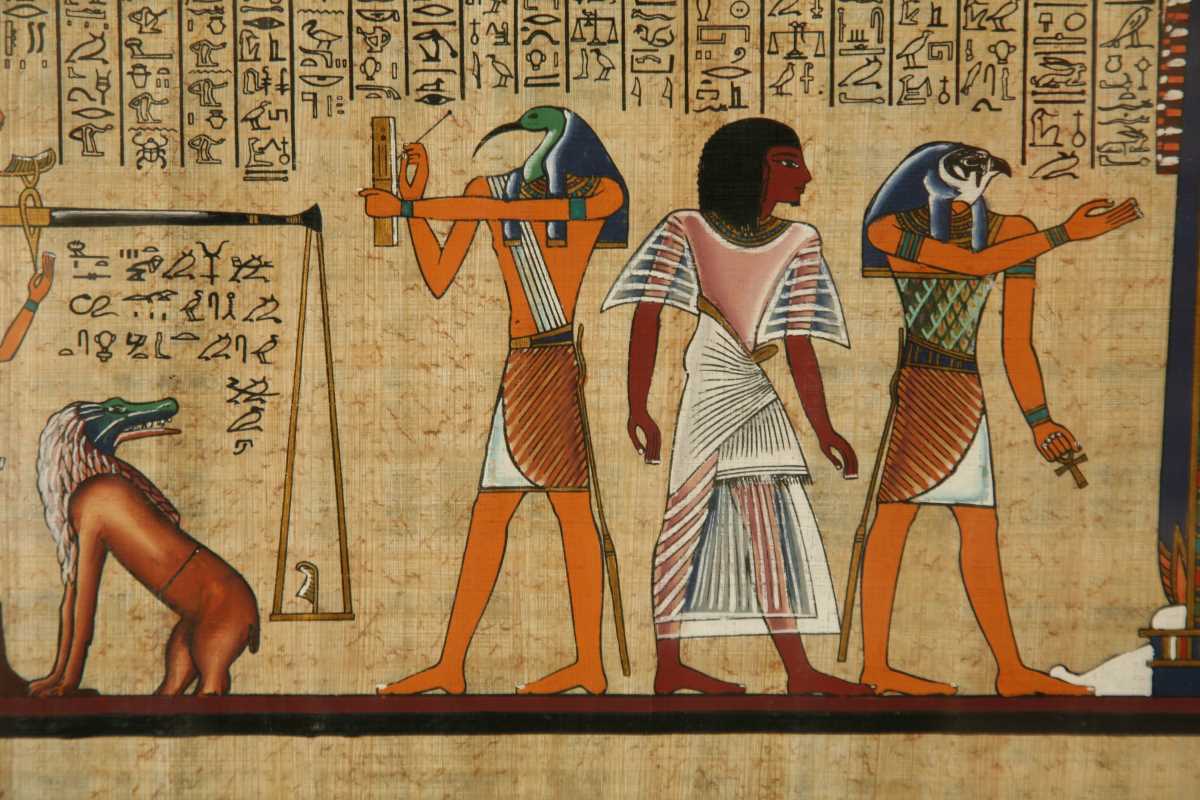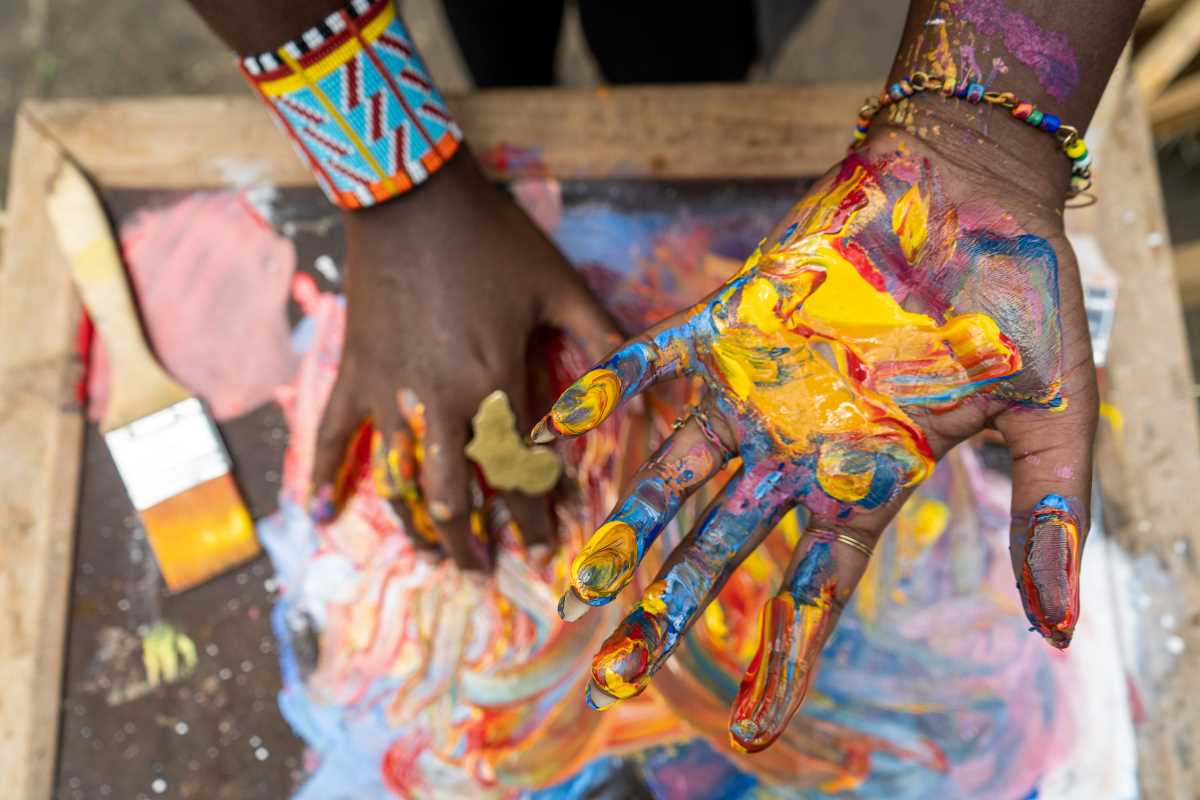Art has always been a tool for storytelling, but when it comes to portraiture, it tells a very specific type of story. Across centuries and cultures, powerful leaders have used art to craft their legacy, influence public opinion, and enforce their authority. From grand oil paintings in royal courts to statues that stood as symbols of dominance, portraiture has done more than capture what someone looks like. It communicates power, status, and the values a leader wants to project to the world.
But how do portraits go beyond mere appearances? They are loaded with symbols, choices in style, and elements designed to speak louder than words. This article dives into the fascinating history of portraiture in leadership, exploring how rulers, politicians, and other influential figures have used art to shape their image and secure a lasting legacy.
Why Portraiture Was Important for Leaders
Before modern technology and mass communication, spreading an image of leadership was not as simple as posting it online or broadcasting a speech. For much of history, people rarely saw their rulers in person. Portraits became the solution to this disconnect. They served as a stand-in for the leader, traveling far and wide to represent them.
Representing Authority
Portraiture wasn’t just a way to showcase status; it was often a reminder of divine or political authority. Kings and emperors used their portraits to emphasize their power, often showing themselves dressed in grand clothing or holding objects like a scepter or orb, symbols of their rule. These images sent a clear message to anyone who saw them: "I am in charge, and this is why."
Humanizing Leadership
At the same time, portraits also worked to make leaders seem more relatable. While some leaders aimed to appear godlike, others wanted to highlight their human qualities to connect with their people. A portrait could make a ruler seem thoughtful, wise, or compassionate. This mix of power and relatability was key to creating a balanced image.
Portraiture in Ancient Times
The concept of using art to project power goes back thousands of years. Ancient civilizations understood the importance of visuals in controlling a narrative and ensuring their legacy.
The Pharaohs of Egypt
The Egyptians were masters of using art to enforce and immortalize their leadership. Pharaohs like Ramses II didn’t just appear in stone sculptures for vanity. These portraits were carefully crafted to show the pharaoh as a god-king, eternally youthful and strong, even if the leader was aging or physically frail in reality. Statues depicting pharaohs were often placed in temples or other sacred locations, tying their power directly to religious authority.
Roman Leadership and Realism
The Romans took a slightly different approach. Their leaders, like Julius Caesar and Augustus, used portraiture to blend realism with idealism. Busts of Roman emperors were distributed across the empire to remind citizens of who was in charge, particularly in areas far from the capital. These images were often lifelike but still idealized, smoothing out imperfections while emphasizing wisdom and experience.
Portraiture in the Renaissance
Fast-forward to the Renaissance, and art itself experienced a major shift. New techniques like perspective and shading brought portraits to life, and leaders took full advantage of this shift. During this time, portraiture became a political tool, almost like a campaign ad in today’s world.
The Power of Symbols
Renaissance leaders used symbolic elements in their portraits to convey specific messages. Have you ever seen a painting with a ruler holding a globe? That symbolized their power over the world. Similarly, rich fabrics, elaborate crowns, and even animals incorporated into the work spoke volumes about the leader’s wealth, power, or divine favor.
An iconic example is Hans Holbein the Younger’s portraits of King Henry VIII. These works are famous not just for their detail but for their strong projection of Henry’s authority. The wide stance, fine clothing, and confident expression were all intentional choices to communicate power and control.
A Humanist Influence
During the Renaissance, there was also a growing interest in humanism, which celebrated individual accomplishment and intelligence. Leaders wanted their portraits to reflect this shift, often being depicted with books, instruments, or other symbols of learning. This added an intellectual edge to their image, reinforcing the idea that they were not just figures of power but people of reason and culture too.
The Role of Portraiture in the Age of Empire
When the Age of Empires dawned, leaders began to use portraiture as a tool for projecting might to the far corners of their domains. Portraits of monarchs and nobility didn’t stay confined to their home regions. Instead, they were sent abroad to represent the leader in dealings with foreign powers or as part of arranged marriages between royal families.
Portraits of Louis XIV
One of the most famous rulers to use portraiture to cement their reputation was France’s Louis XIV, the “Sun King." His portraits often showed him dressed in luxurious robes, with details like gold embroidery and a sword to symbolize his wealth, authority, and strength. Louis also commissioned monumental works like the Hall of Mirrors in Versailles to elevate his image to near-divine status. Everything about these portraits reinforced his absolute power.
The Colonization Era
Portraiture also played a role in colonial expansion. Leaders often commissioned works that depicted them overseeing or benefiting from their colonies, which were framed as sources of wealth and prosperity for the empire. These images ignored the violence and oppression that came with colonization, instead presenting rulers as benevolent and just.
Modern Uses of Portraiture
Even in the modern era, leaders continue to use portraiture to shape their public image, though the mediums have expanded far beyond oil paintings.
Presidential Portraits
Take the official portraits of U.S. presidents, for instance. Each one is carefully planned to reflect a president’s leadership style, values, or historical moment. Think of John F. Kennedy’s solemn, contemplative portrait or Barack Obama’s modern, vibrant depiction by Kehinde Wiley, which broke traditional norms by including colorful floral patterns.
These images aren’t just for decoration. They stand as historical records of how leaders saw themselves and wanted to be remembered.
Photography and Media
With the invention of photography, capturing a leader’s image changed completely. Staged photographs replaced painted portraits in some ways, but they serve the same purpose. Leaders continue to use photos to project power, charisma, and relatability. Images like Abraham Lincoln’s portraits during the Civil War reflect his thoughtful yet determined leadership style, shaping his reputation both in his time and today.
 (Image via
(Image via




